In a world of hot foods, pasta is the one thing we can all agree on. Just kidding: even the universally beloved Italian noodles are polarizing. There is no shortage of pasta hacks that claim to speed up the process or act as cheat codes for the perfect batch of al dente bucatini.

To get to the bottom of the matter, we turned to a pasta professional, Filippo de Marchi, chef at De Majo Restaurant & Terrace at the NH Collection Venezia Murano Villa, to confirm or debunk nine of the most widespread myths and tricks about cooking pasta . According to De Marchi, seven of the nine we asked about turn out to be smoke and mirrors, and have very little use in everyday cooking.
“Cooking pasta is not difficult at all. It’s all a matter of time and the right proportion of water and pasta,” he says. “Don’t fall into the trap of believing in myths. Just trust your instincts and follow the simple instructions.”
Throwing pasta against the wall to see if it sticks shows that it’s done
Chef’s Take: FAKE
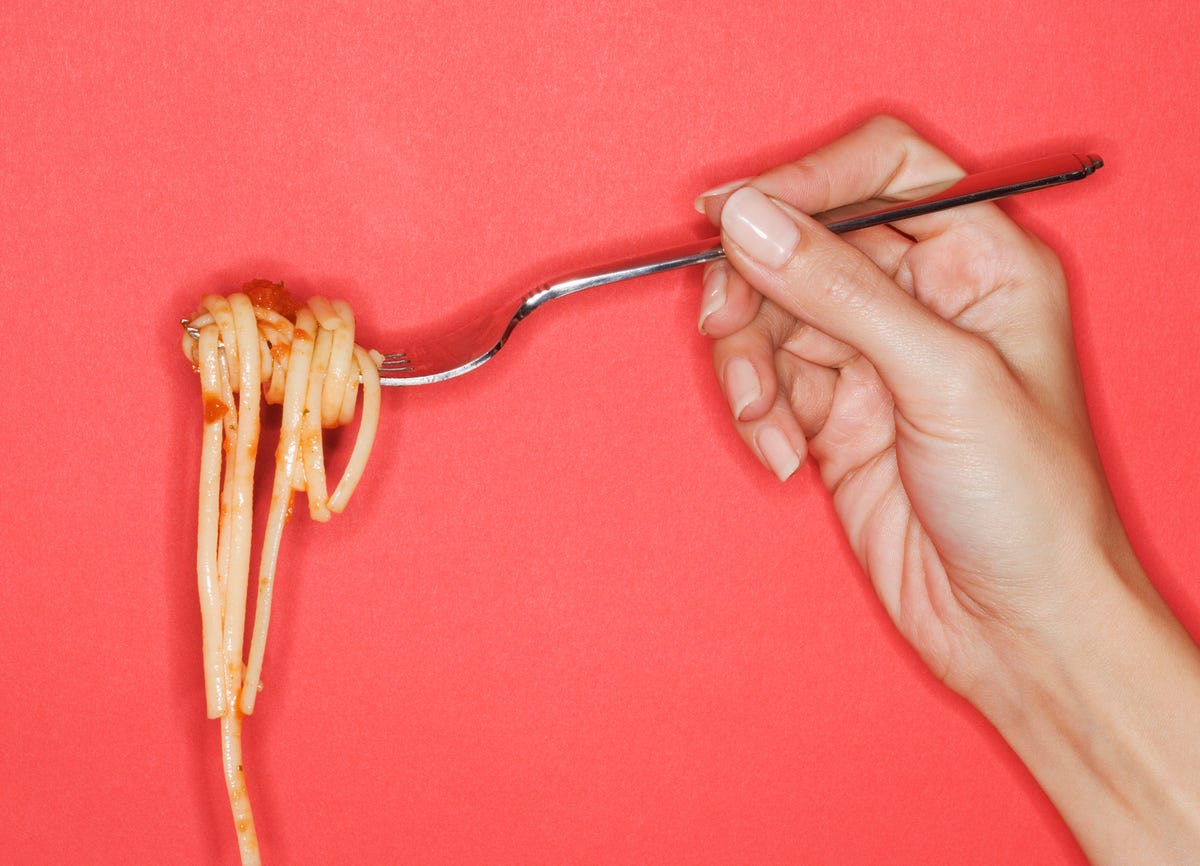
“This is not the best way to check for doneness,” says de Marchi. “The texture of the pasta can change when it hits the wall and does not give an accurate indication of whether it is cooked through.”
Instead, it is more accurate to pull out a single strand and test it. Then you can tell if you have achieved that perfect al dente texture.
Adding olive oil to pasta water prevents noodles from sticking
Chef’s Take: FAKE
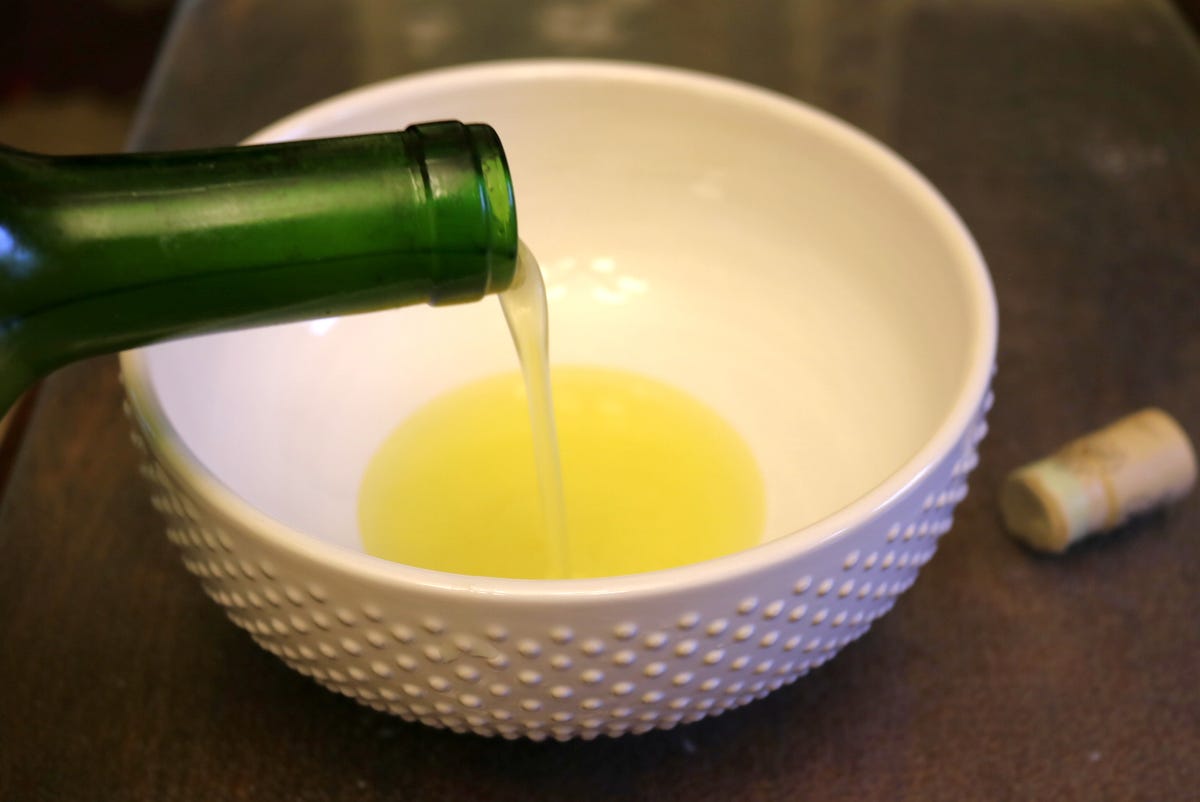
Olive oil in water is not the best solution for sticky pasta.
Olive oil is a necessary addition to most pasta dishes, but save it for the plate.
“The oil just floats on top of the water and doesn’t coat the pasta effectively,” says de Marchi. “The best way to prevent sticking is to use plenty of water, stir the pasta regularly during the first few minutes of cooking, and make sure you use the right size pot for the amount of pasta you are cooking.
“This way, the pasta has enough room to move and cook evenly,” he adds.
Fresh pasta is always better than dried pasta
Chef’s Take: FAKE
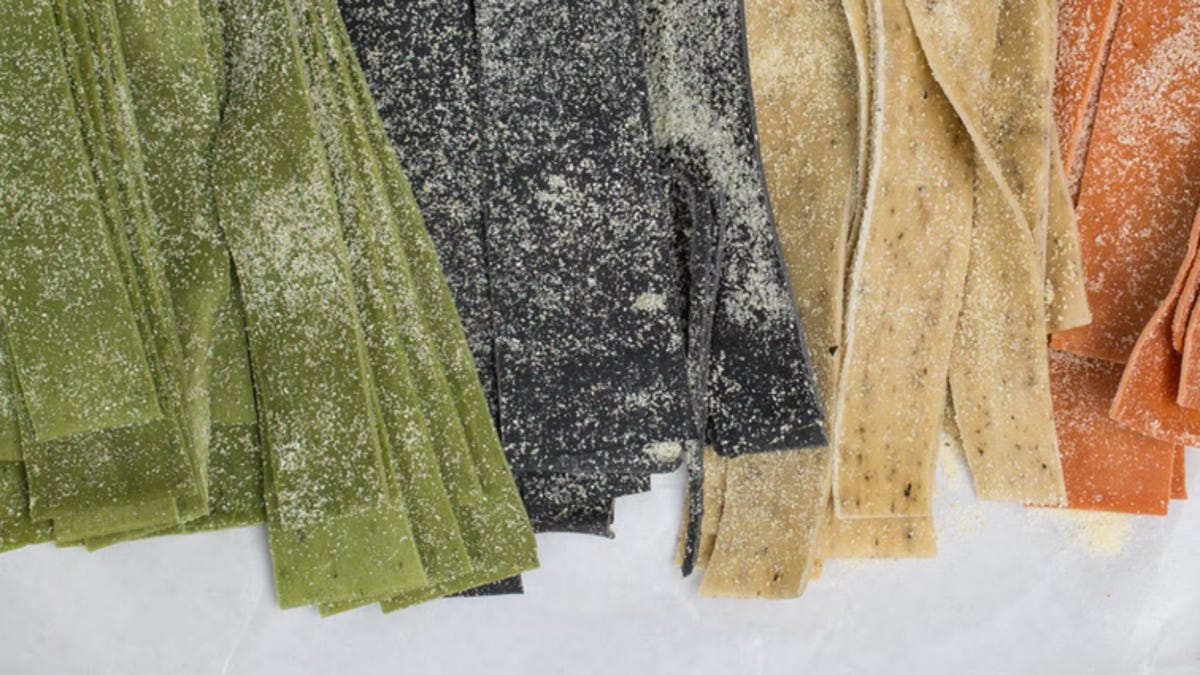
Fresh pasta has good PR, but some dried pastas are just as tasty.
It’s all about personal preferences. Fresh, dried, frozen – chefs aren’t here to dictate what your palate likes and doesn’t like.
“Fresh pasta has a softer texture and cooks quickly, making it perfect for delicate sauces,” says the chef. “On the other hand, dry pasta has a firmer texture and holds up well with hearty or thicker sauces.”
De Marchi also compares it to choosing between two great actors for a role in a movie. “The choice depends on the character you’re portraying,” he says, “just as the choice between fresh and dried pasta depends on the dish you’re making.”
Leave the pot off while the pasta cooks.
Chef’s Take: TRUE
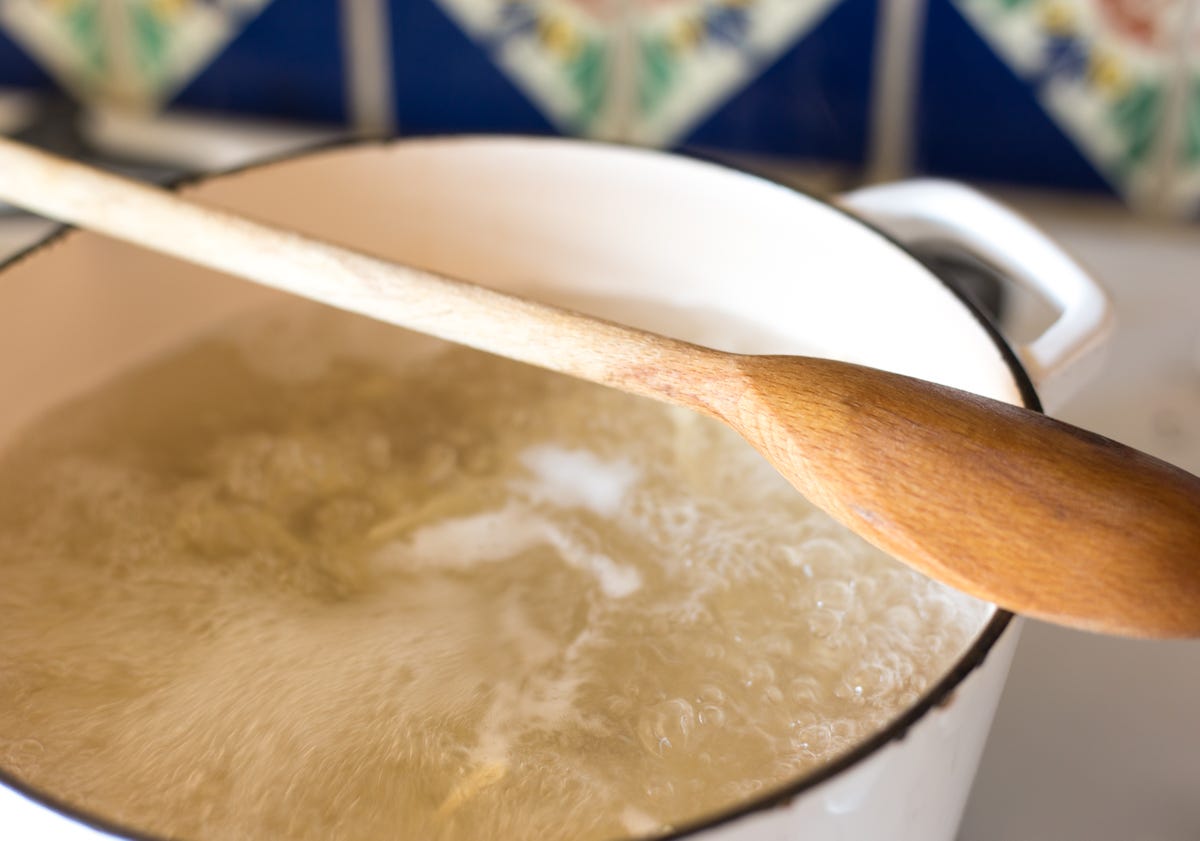
Preventing the pot from overflowing can be as easy as putting a wooden spoon on top.
“Leaving the pot uncovered while the pasta cooks is the way to go,” advises De Marchi. “This prevents water from overflowing and helps control the cooking process. Plus, it allows steam to escape, which helps prevent the water from foaming and making a starchy mess.”
As recommended, be sure to also choose a pot of the right size so that the pasta cooks evenly.
Pasta should always be served al dente.
Chef’s Take: TRUE
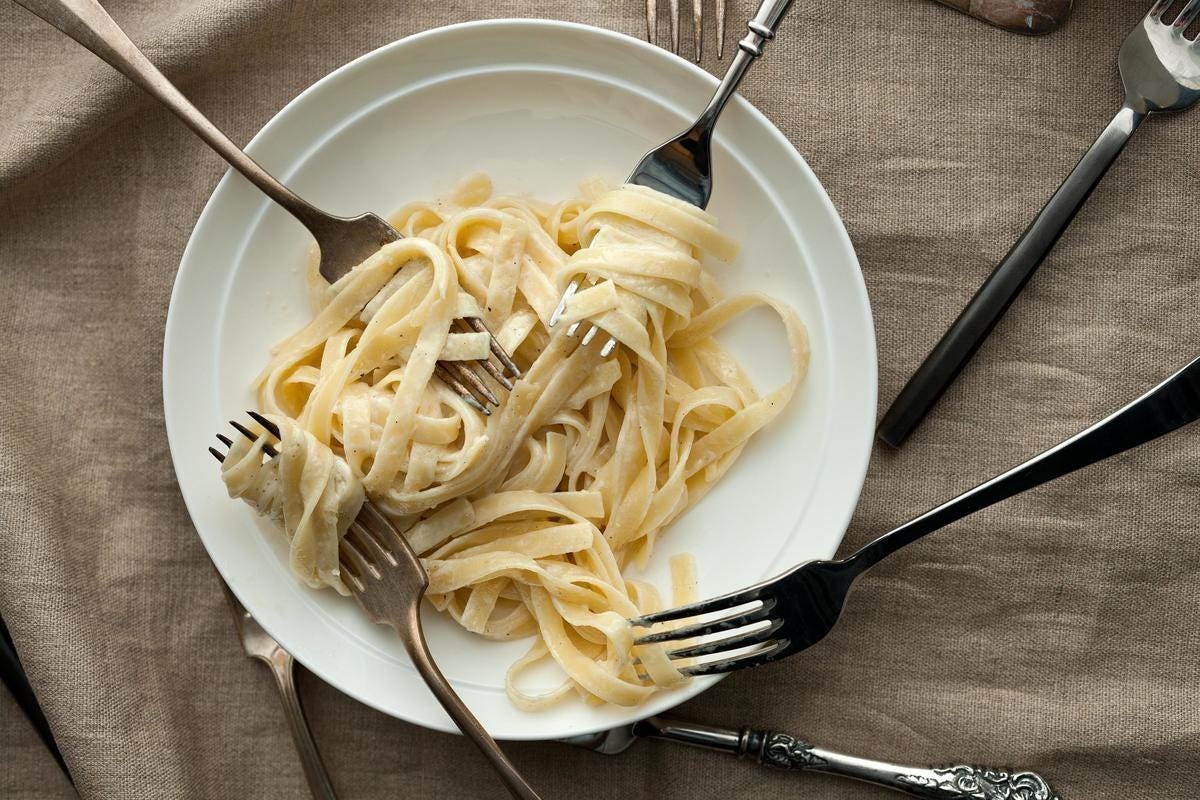
Cooking “al dente” is a pasta rule to always follow.
Go al dente or go home, at least according to most Italian chefs.
“Serving pasta al dente, which means ‘to the tooth’ in Italian, is the way to go. It’s that perfect balance between being cooked through while still retaining a slight firmness,” says de Marchi. “Overcooked pasta can be a real letdown for a dish, so aiming for that al dente texture ensures that the pasta will be perfect.”
The easiest way to ensure an al dente result every time is to follow the cooking instructions on the back of the box, starting with the lowest number in the proposed minute range. This will give you enough time to do a taste test and determine if it needs to be cooked a little longer.
Adding salt helps water boil faster
Chef’s Take: FAKE
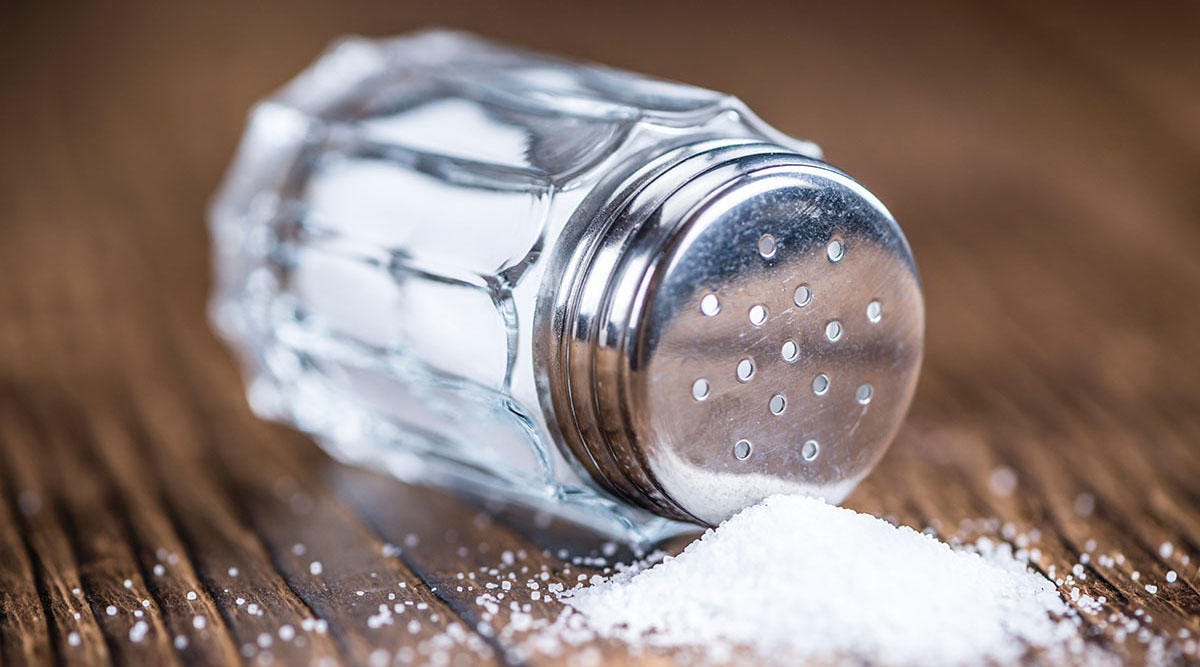
Salt will not make the pasta water boil much faster.
Salt plays an important role when boiling water, but not when it comes to heating. (Impurities change the boiling point of water, but the amount of salt added to pasta water doesn’t make a significant difference.) Rather, it is essential to add salt so that the pasta can absorb its flavor.
“If you cook without enough salt, the pasta can end up tasting a little bland,” warns de Marchi, whose signature dish at NHC Murano Villa is spaghetti alle vongole. The seafood dish, which comes from the ocean-adjacent region of Venice, is a combination of vongole (usually clams, garlic, white wine, and chili flakes), sea asparagus, and lemon zest.
Drain the pasta until it is completely dry.
Chef’s Take: FAKE
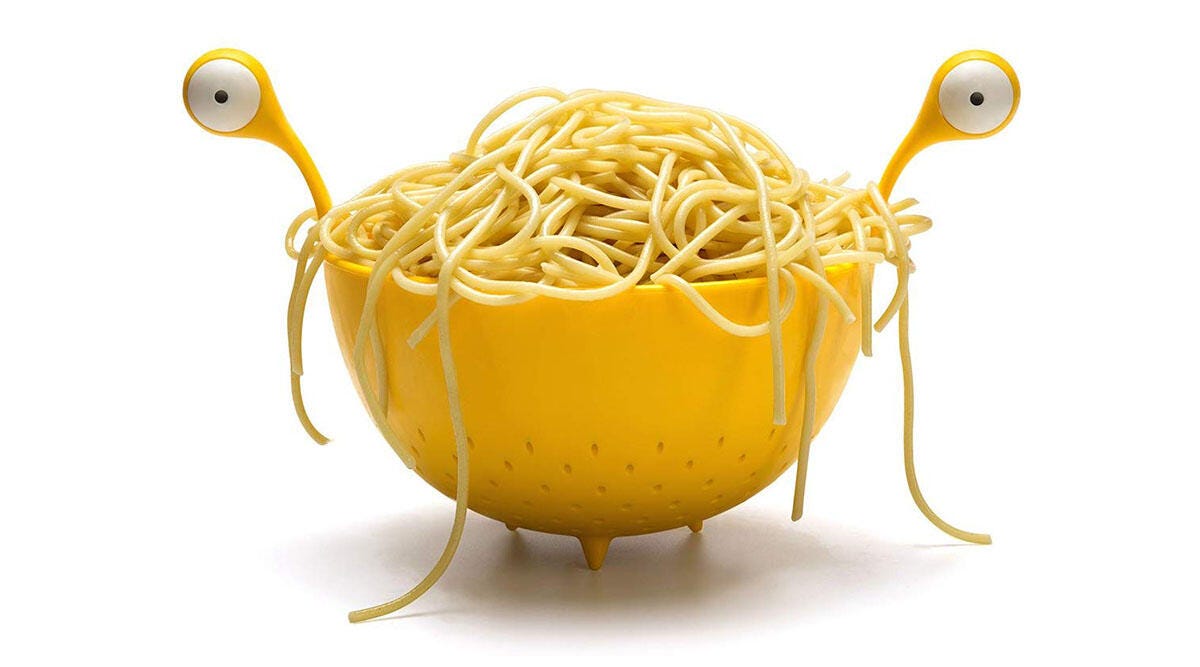
A little pasta water will help the sauce stick.
There’s a reason why salted pasta water is held in such high regard. Not only does it contain a delicious brine to enhance sauces, but it also helps the sauce adhere to the pasta.
“This creates a more cohesive and flavorful dish,” says De Marchi. “A little moisture can go a long way to making your pasta dish tastier.”
Myth No. 8. Cooked pasta should be soaked in water before serving.
Answer: FAKE

Running the pasta under water removes much of the starch.
If you want to expose yourself to possible injury with a rolling pin or Nonna wooden spoon, run the cooked pasta under fresh water.
“This can remove the starch layer that helps the sauce stick to the pasta,” says de Marchi. “The residual heat of the pasta helps the sauce combine with the pasta, creating a more flavorful and cohesive dish.
“Think of it like a beautiful marriage: You want the sauce and pasta to come together and live happily ever after, not for you to take a cold shower right before serving.”
Myth number 9. You should pre-cook lasagna sheets
Answer: FAKE
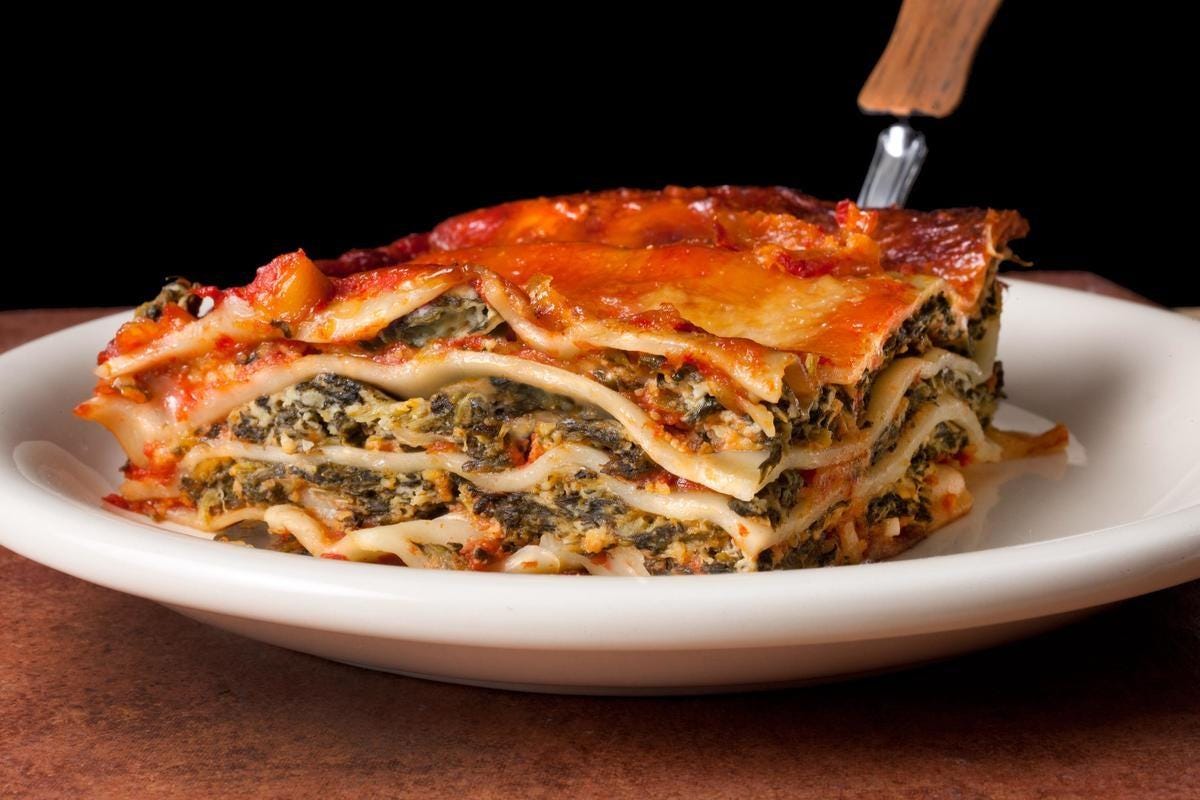
Not all lasagna recipes call for pre-cooked noodles.
“It’s not always necessary to precook lasagna sheets, especially if you’re using a sauce with a lot of moisture,” he says. “In fact, many lasagna recipes call for using the sheets directly without pre-cooking, allowing them to absorb the liquid from the sauce and cook during the baking process.”
Set it, forget it and let the magic happen in the oven. Pasta is not something to think too much or stress about. Its simple preparation makes it even more enjoyable.


